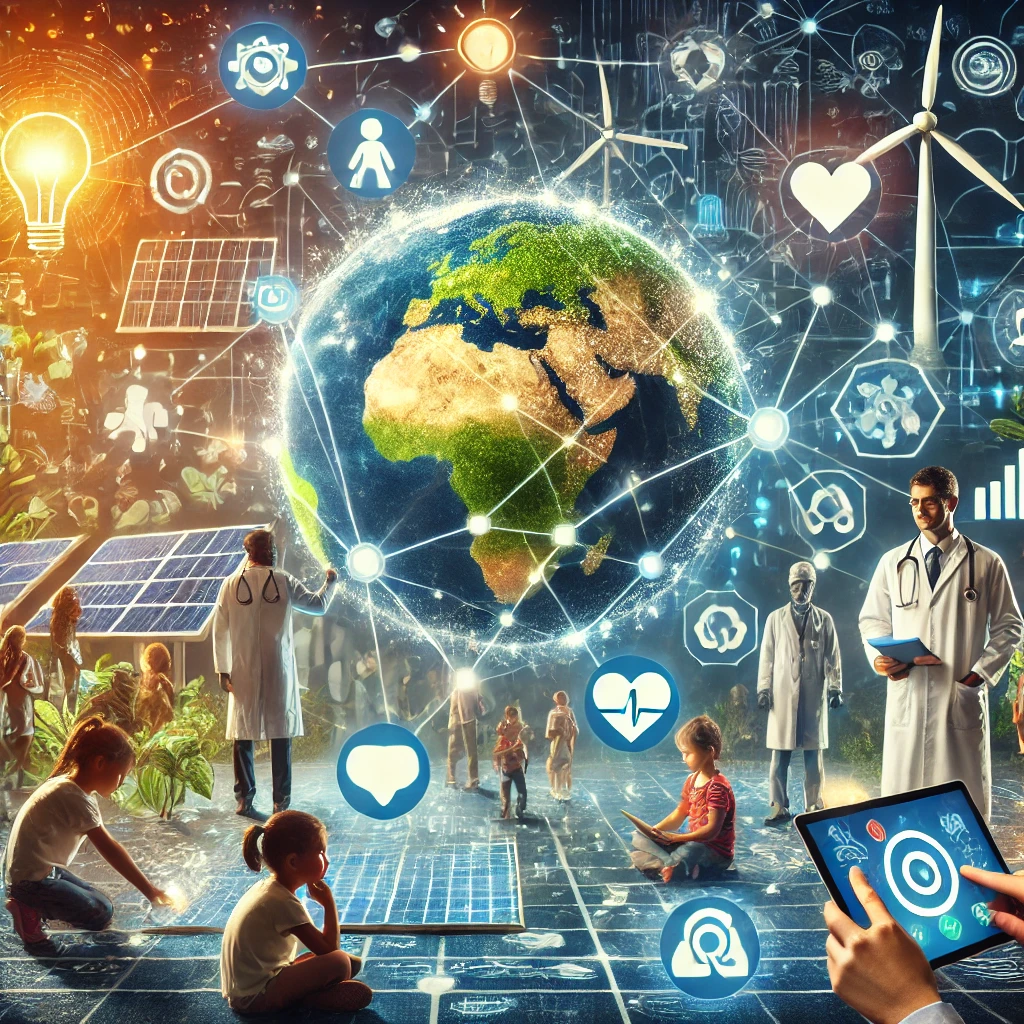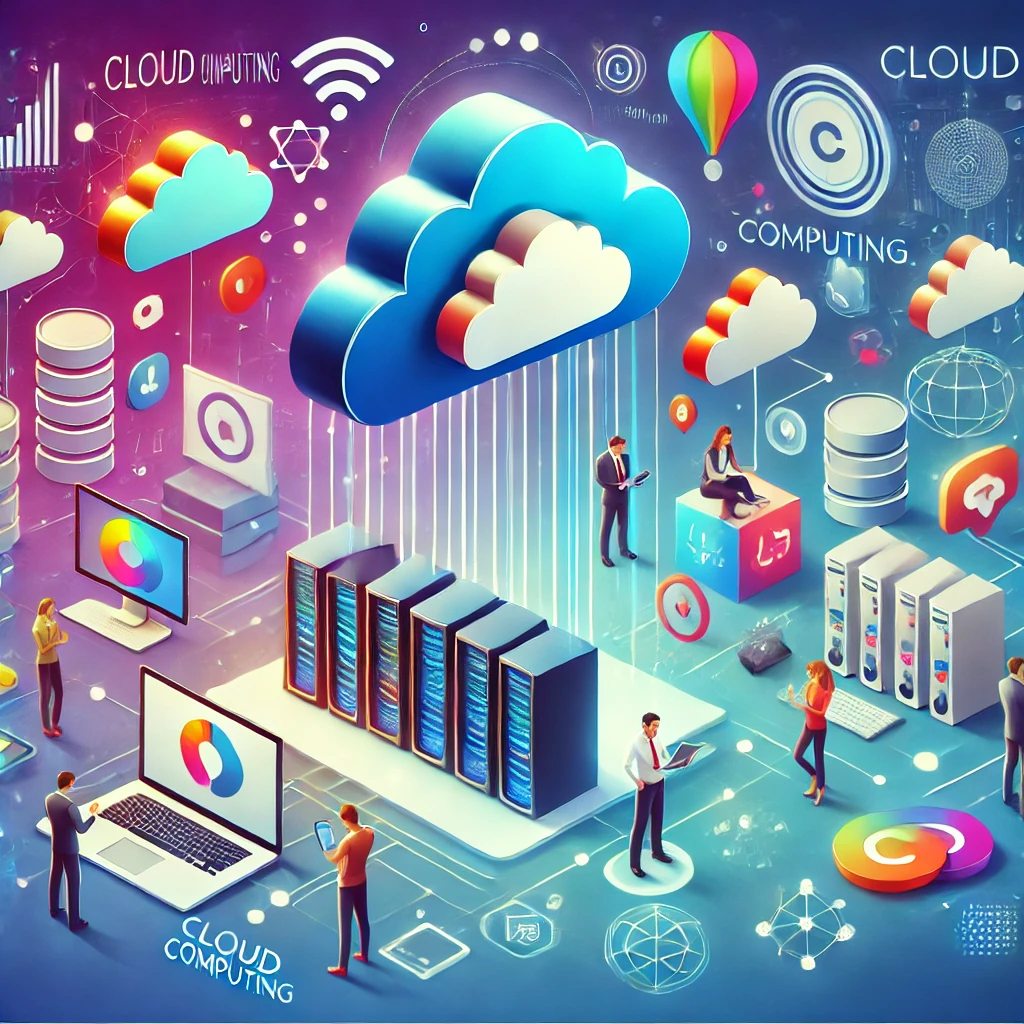Tech for Good: How Technology is Solving Global Challenges
In today’s world, technology plays an essential role in our daily lives. We rely on it for communication, education, healthcare, business, and even entertainment. Beyond convenience, technology is now addressing some of the world’s most pressing challenges—from fighting climate change to improving healthcare access—making the world a better place.
1. Fighting Climate Change with Green Tech
- Renewable Energy Solutions: Advances in solar, wind, and hydropower have made clean energy more affordable. Technologies like floating solar farms and energy storage systems are solving energy intermittency issues.
- Electric Vehicles (EVs): Adoption of EVs is increasing in 2024, supported by better battery technology and expanding charging networks, helping reduce emissions and air pollution.
- Carbon Capture and Storage (CCS): CCS technology captures CO2 from industrial processes and stores it underground, helping to reduce emissions in industries like cement and steel production.
2. Advancing Healthcare Access
- Telemedicine and Remote Care: Telemedicine provides remote consultations, essential for patients in rural areas. With improved internet infrastructure, it is now more reliable and accessible.
- AI in Medical Diagnosis: AI tools can analyze medical images to detect early signs of diseases, leading to faster, more accurate diagnoses and improved patient outcomes.
- Wearable Health Tech: Devices like smartwatches monitor health in real-time, helping patients manage chronic conditions and detect potential issues early.
3. Addressing Food Security and Agriculture
- Precision Agriculture: Drones and sensors provide real-time data on crops, enabling farmers to optimize planting, irrigation, and harvesting, reducing waste and increasing yields.
- Vertical Farming: In urban areas, vertical farming uses less land and water compared to traditional methods, offering a sustainable way to meet growing food demand.
- Lab-Grown Meat and Alternative Proteins: Innovations in lab-grown meat and plant-based proteins provide sustainable alternatives to traditional animal farming.
4. Improving Education Access
- Online Learning Platforms: Platforms like Coursera and Khan Academy provide affordable education to millions, expanding access to knowledge worldwide.
- AI-Powered Learning: AI customizes learning experiences, allowing students to progress at their own pace and receive real-time support from AI tutors.
- Educational Apps: Apps like Duolingo make learning interactive and accessible for all ages, fostering skills in engaging ways.
5. Empowering People with Disabilities
- AI and Machine Learning for Accessibility: AI tools like voice recognition software enable people with mobility impairments to control devices, while AI-generated captions help those with hearing impairments.
- Prosthetics and Robotics: Bionic limbs equipped with sensors and AI provide users with enhanced mobility and control, improving their quality of life.
- Smart Home Technology: Voice-activated assistants and automated devices enhance independence for individuals with disabilities.
Conclusion: A Bright Future with Technology
In 2024, technology continues to address global challenges, from climate change to healthcare and education. Innovations are making the world a more inclusive and sustainable place. As challenges evolve, technology provides hope for a future where global problems can be tackled more effectively.
It is essential to use technology responsibly and equitably. Collaboration among governments, businesses, and innovators will harness the full potential of technology to create a better world for everyone.
Technology for good is not just a trend but a necessity for addressing the interconnected challenges of today’s world. The future is bright, and technology will remain a powerful tool in building a more sustainable and equitable society.








